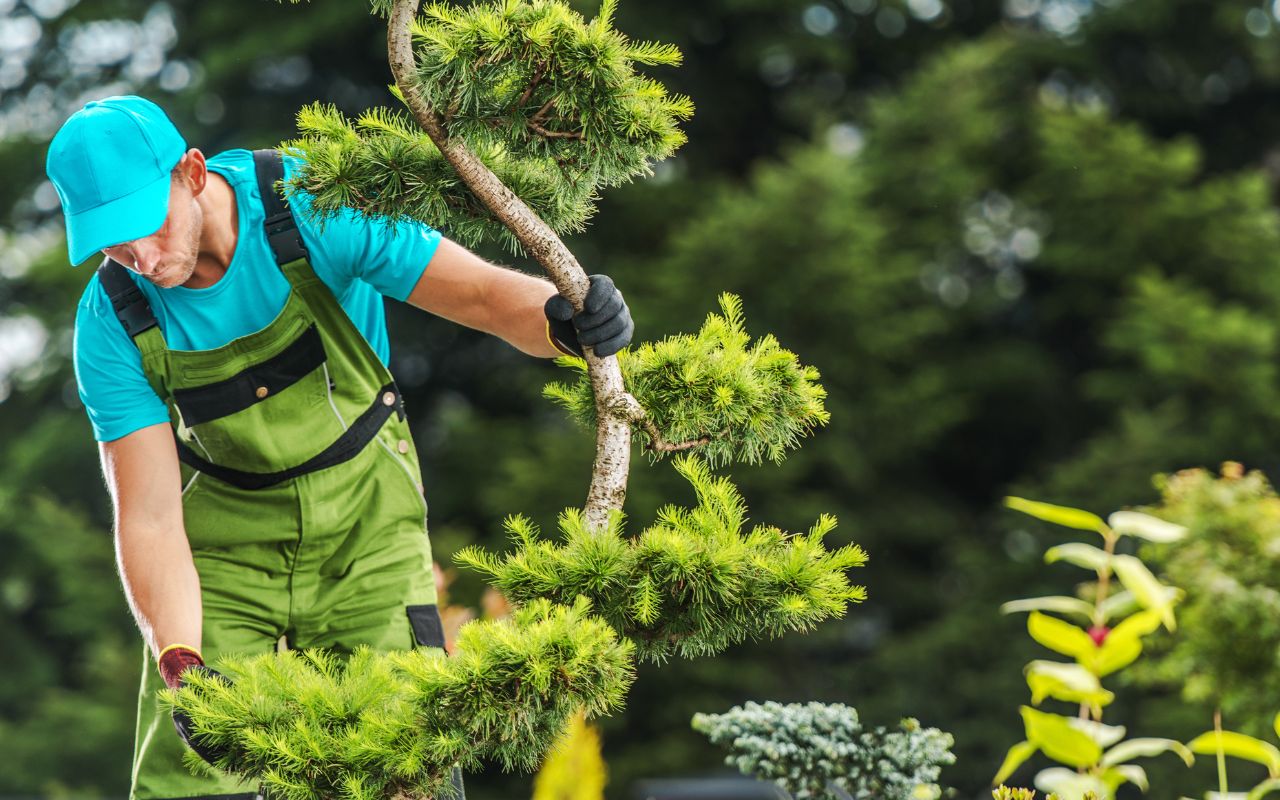
Regular tree inspections are crucial for maintaining tree health and ensuring safety. With these tree inspection tips, you can spot early signs of disease, structural issues, and other potential hazards. Consistent inspections allow for proactive care, keeping your trees healthy and your property safe.
Essential Tips for Effective Tree Inspection
Inspect Leaves and Canopy Health
A healthy canopy and foliage indicate a thriving tree. Monitoring them closely reveals early signs of health issues.
- Check for leaf discoloration: Yellowing or browning may suggest nutrient deficiencies or disease.
- Look for premature leaf drop: Trees shedding leaves too soon could be stressed from drought, pests, or disease.
- Monitor canopy density: A sparse canopy often indicates environmental stress or root problems.
Routine observation of foliage helps catch issues before they spread throughout the tree.
Examine Bark and Trunk Condition
The trunk and bark reflect a tree’s internal health. Regular inspections help you detect issues like decay or structural damage.
- Observe for cracks and splits: Deep cracks may point to decay, weakening the tree’s overall structure.
- Check for loose or peeling bark: Sudden bark loss can signal disease or internal decay.
- Watch for fungi or mold: Fungal growth, especially around the trunk, often indicates internal rot.
Inspecting the bark and trunk can reveal critical health indicators that are otherwise hard to spot.
Assess Root Health and Soil Conditions
Roots are the foundation of a tree’s stability and health. Even partial root issues can impact the entire tree.
- Look for exposed roots: Roots above the soil may suffer from damage or nutrient deficiencies.
- Check soil compaction: Dense soil restricts water and oxygen flow, which can weaken the roots.
- Inspect the root crown: Swelling or fungal growth around the root crown suggests decay or disease.
Examining the root area provides insight into the tree’s support system, crucial for overall health.
Evaluate Branches and Structural Integrity
Branches should grow symmetrically and be free from cracks or other weaknesses to maintain stability.
- Identify dead or drooping branches: These branches increase fall risk and indicate health issues.
- Check for branch splits: Splits in branches often result from stress or internal weaknesses.
- Inspect for balanced growth: Uneven growth can make trees more vulnerable to high winds and storms.
Assessing branch structure helps in determining if a tree needs pruning or additional support.
Ensure Tree Health with Regular Inspections
Frequent tree inspections are essential for early detection of potential issues. For professional inspection services and expert care, call us at (443) 400-6964.
